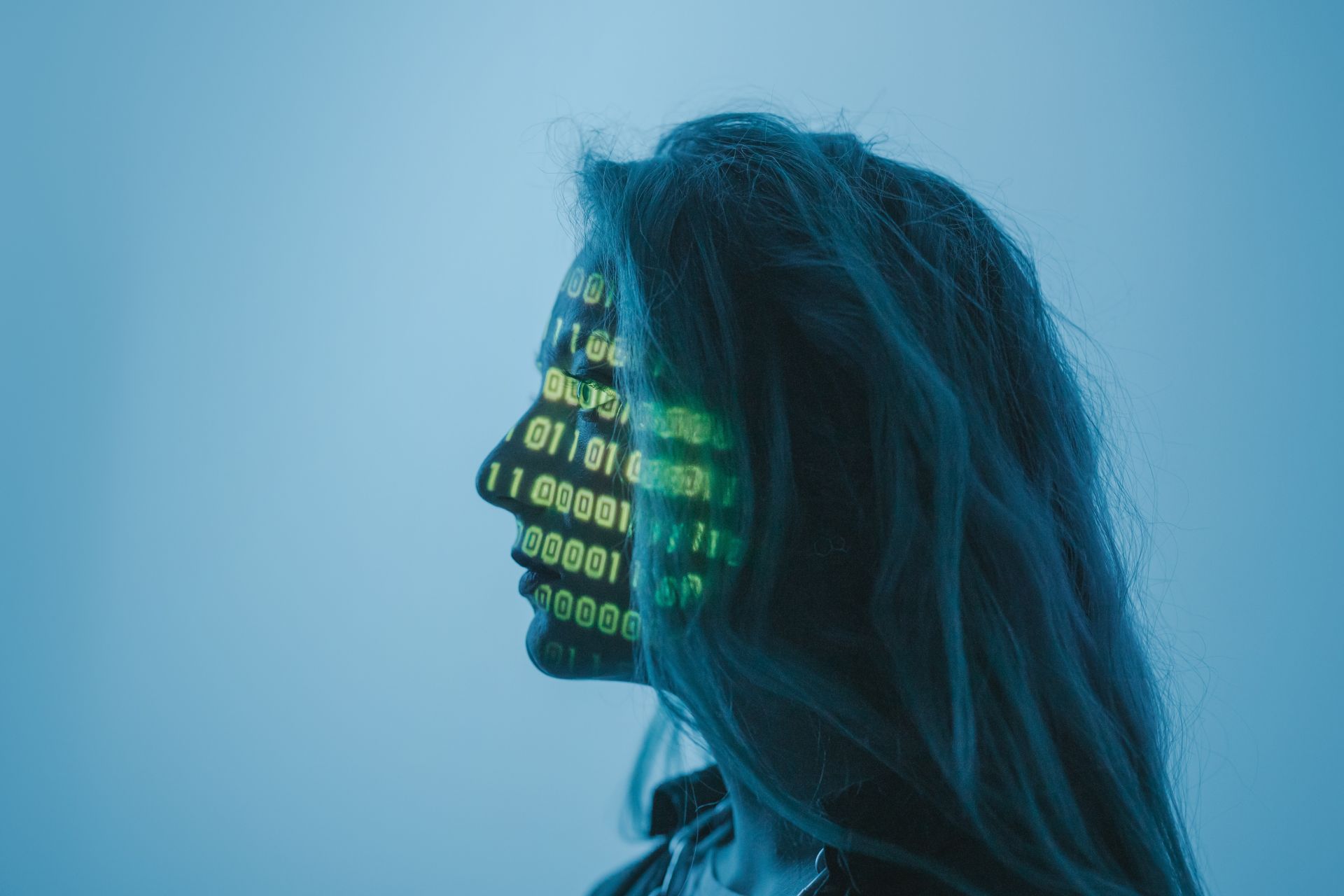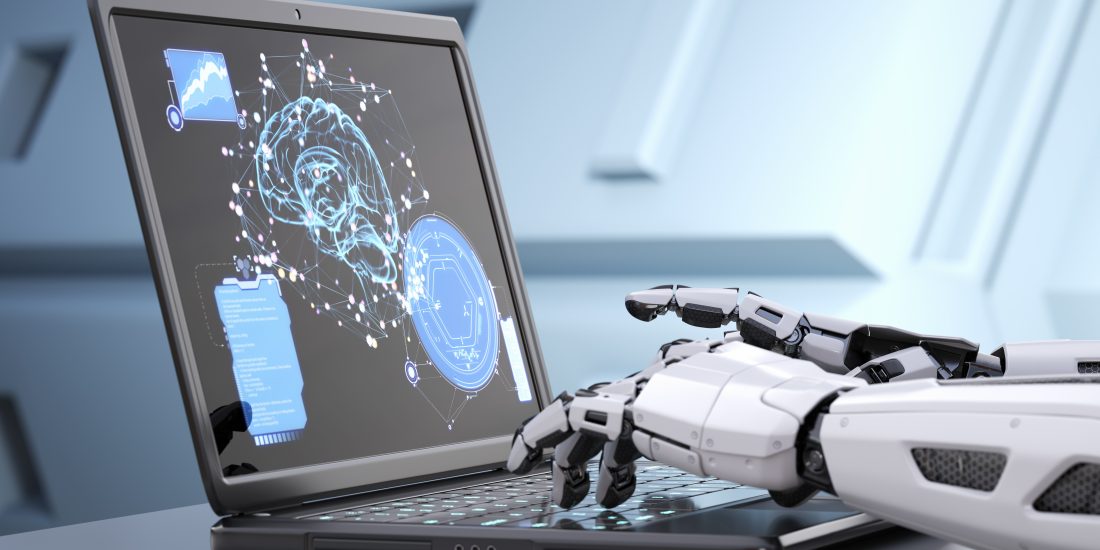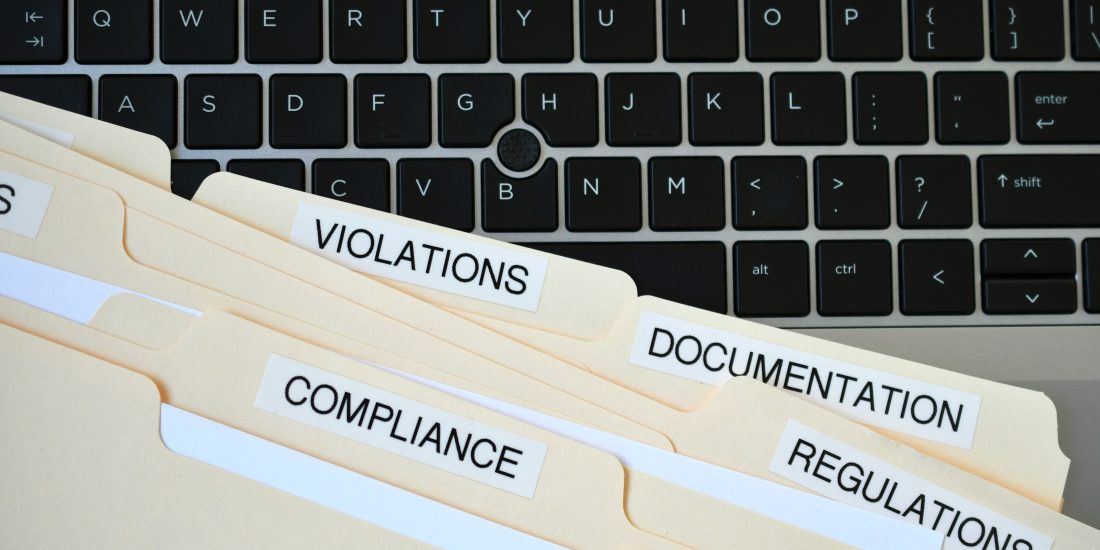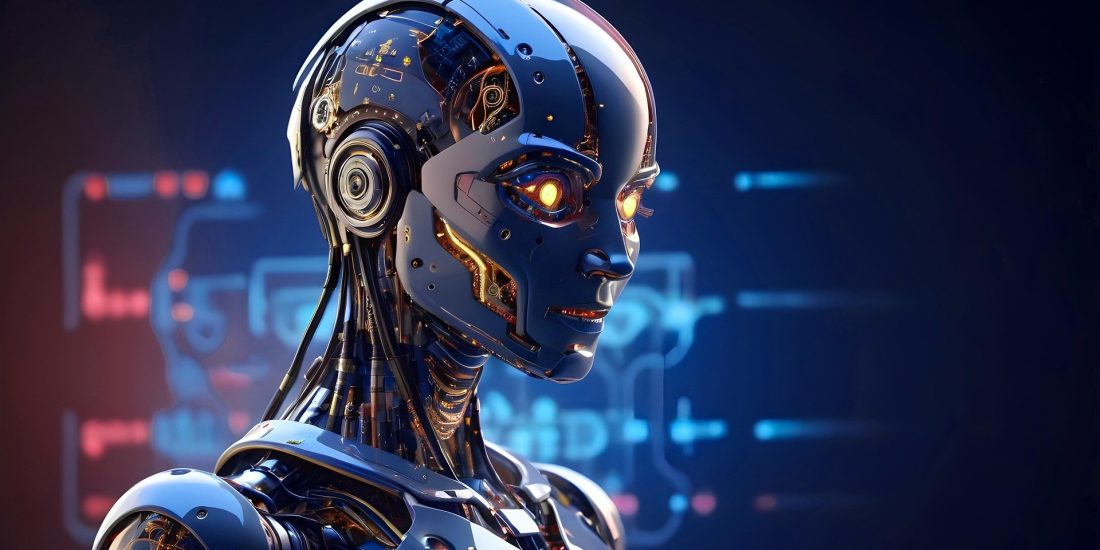
AI in Cybersecurity: Threats and Opportunities
Editor’s Note: This post was originally published in March 2023 and has been updated for freshness, accuracy, and comprehensiveness in September 2024.
AI in cybersecurity is shaking things up in ways we never saw coming. You’ve probably heard the buzz around artificial intelligence already, but did you know it’s becoming one of the sharpest tools for fighting cyber threats? Whether it’s fending off attacks or automating those mind-numbing security tasks, AI cybersecurity solutions are stepping up the game big time. But there’s a twist—AI isn’t all sunshine and rainbows. Sure, it can sniff out threats faster than a caffeine-charged security analyst, but it also comes with its own set of risks.
So, is AI the hero we’ve been waiting for, or does it have a darker side we need to watch out for? Let’s explore the wild world of AI-powered cybersecurity tools and see where the real opportunities and threats lie.
The Role of AI in Cybersecurity: Friend or Foe?
AI in cybersecurity is now at the forefront of defense strategies, acting faster and more precisely than human analysts ever could. But what does that actually look like? Let’s get into the nitty-gritty of how AI cybersecurity solutions are reshaping the way we fight cyber threats:
- Real-time Threat Detection: With AI threat detection, systems can catch cyberattacks before they cause damage. Machine learning analyzes enormous chunks of data, spotting patterns that human eyes would miss. Even better, it catches those odd behaviors in network traffic that scream “incoming attack!”
- Smarter Threat Intelligence: Imagine having an AI scour blogs, social media, and shady forums to predict where the next threat will come from. Yep, that’s happening. AI gathers and processes this intel to help companies stay ahead of attackers—especially those sneaky, emerging threats.
- Cybersecurity Automation with AI: Tired of manually scanning for vulnerabilities? AI’s got you covered. Routine tasks like patch management and vulnerability scanning are now AI’s job, giving security teams more time to deal with bigger, nastier threats.
- Faster Incident Response: AI jumps into action the moment an attack is detected. It isolates infected systems, blocks malicious traffic, and even runs damage control—all while you’re still logging in. Fast, efficient, and a real game-changer when every second counts.
These are just some of the ways AI is reshaping cybersecurity in 2024, and there’s plenty more to watch for. However, with all these advantages come new risks—so it’s not all smooth sailing. Ready to see both sides of the coin?
Threats of AI in Cybersecurity: Not All Sunshine and Rainbows
While AI in cybersecurity is a powerful tool, it’s not without its flaws. In fact, the very technology designed to protect us can introduce new vulnerabilities. Let’s break down some of the key threats:
- False Positives Overload: Imagine your inbox blowing up with security alerts, only to find out most are harmless. That’s the danger of AI’s false positives. AI might flag regular activities as potential attacks, which can waste resources and lead to alert fatigue. The more your security team ignores these false alarms, the higher the chance a real threat slips through.
- Data Bias Dilemmas: AI is only as good as the data it’s trained on. If the data feeding the algorithms is biased or incomplete, AI can make bad decisions. This could lead to certain threats being overlooked or, worse, misinterpreted. In the cybersecurity world, these mistakes could cost a company big time.
- Malicious Use of AI: Cybercriminals are quick to jump on the AI bandwagon. With AI, they can craft more convincing phishing schemes, create malware that’s harder to detect, and automate their own attacks. The very thing protecting us is also arming attackers with more advanced tools.
- Lack of Transparency: One of AI’s biggest challenges is that it can be a bit of a black box. Algorithms make decisions, but how they reach those conclusions isn’t always clear. This lack of transparency makes it hard for security teams—and even regulators—to fully trust AI’s actions or hold it accountable when something goes wrong.
As great as AI-powered cybersecurity tools are, it’s clear that they come with serious risks. Balancing the benefits with these threats is the name of the game in 2024, and companies need to stay alert. After all, AI is just a tool—how it’s used makes all the difference.
The Opportunities of AI in Cybersecurity: The Upside You Can’t Ignore
AI is shaking up cybersecurity in ways that offer real promise. While there are risks, the advantages of AI in cybersecurity are undeniable. Here’s where AI is making a difference:
- Efficiency Without the Hassle: Repetitive tasks like scanning for vulnerabilities or applying security patches are a drain on time and energy. Thanks to cybersecurity automation with AI, these tedious jobs can be done automatically, letting security teams focus on more pressing issues. It’s a major time-saver and cuts out a lot of the heavy lifting.
- Pinpoint Accuracy: When it comes to spotting cyber threats, AI has a knack for being precise. AI threat detection can analyze huge amounts of data and recognize patterns that humans might miss. This means threats can be identified and addressed quickly, sometimes before they even cause damage.
- Staying Ahead of the Curve: AI isn’t just reactive—it’s proactive. By constantly scanning data from various sources, AI-powered cybersecurity tools can predict potential threats before they become real problems. This gives businesses a chance to prepare rather than scramble when something goes wrong.
- Cost-Effective Solutions: With fewer false alarms and less manual labor, AI helps businesses keep their security tight without breaking the bank. Automating routine tasks means fewer hours spent on security maintenance, freeing up resources for other important areas.
- Adapting to Advanced Threats: Cyberattacks are evolving, but AI evolves right alongside them. AI can learn from past incidents and continually improve its ability to block new and more sophisticated threats, keeping defenses sharp and attackers frustrated.
AI is helping businesses strengthen their defenses, work smarter, and keep costs in check. As it continues to develop, the role of AI cybersecurity solutions will only become more essential in keeping companies secure.
Final Thoughts
As we’ve seen, AI in cybersecurity offers a powerful mix of opportunities and challenges. It’s helping organizations detect threats faster, automate tedious tasks, and even stay ahead of cybercriminals. But, like any tool, it’s not without its flaws. False positives, bias, and the potential for misuse mean that AI needs careful management.
So, where does that leave us? The key is to combine human expertise with AI-powered cybersecurity tools, leveraging the strengths of both. If you’re ready to improve your AI-driven cybersecurity and ensure your systems stay protected, let’s talk.





